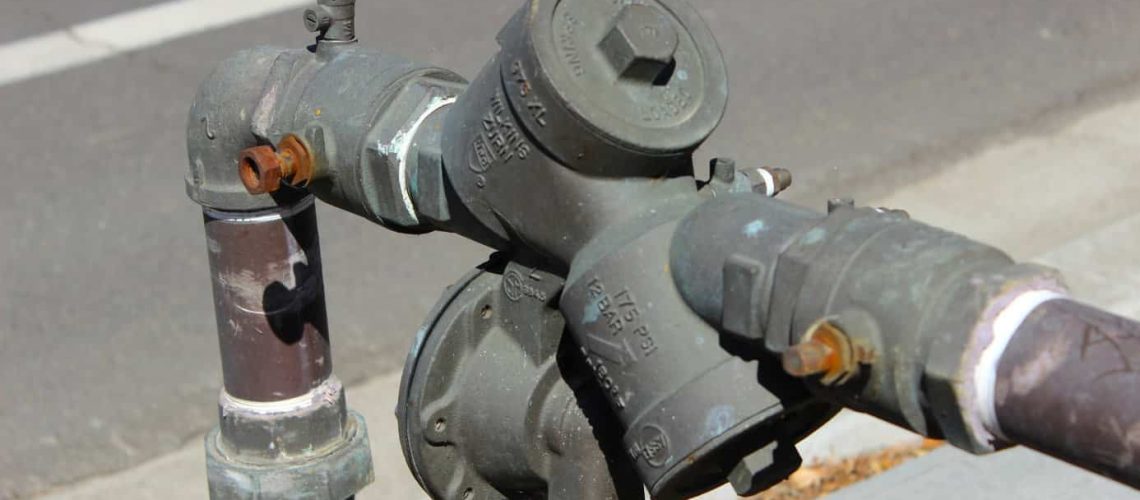The importance of having a backflow preventer
Backflow preventers are essential irrigation system components to keep potable water supplies safe and comply with state laws.
Good agricultural practices require effective irrigation systems. The hoses that make up those systems, however, can risk backflowing and contaminating your drinking water supply. Backflow preventers are specially designed controls that prevent this from happening.
What is backflow?
Backflow is the movement of water in reverse through a hose, traveling into, rather than out of, the water supply to which it is connected. Backflow occurs when there is a sudden change in pressure. Because water always tries to move from a high-pressure area to a lower pressure area, backflow happens when an irrigation system is installed improperly, resulting in excessive back-pressure from the pump, if there is a break in the water line, or if a large amount of water is being pumped.
Why is backflow dangerous?
When water flows back into the supply, it carries with it pesticides, herbicides, fertilizers, and other runoff and hazardous chemicals, including graywater and human or animal waste. These substances will contaminate drinking water, resulting in the possibility of profound illness or even death due to consuming toxins, bacteria, and other contaminants. Because backflow occurs within a closed system, it is often impossible to diagnose until after someone has gotten sick.
How does a backflow preventer work?
Backflow preventers are devices installed onto a pipe to ensure that water flows only in one direction. Typically, they are placed before the first juncture in the distribution system in order to provide protection across the whole system. Most backflow preventers are pressure vacuum breakers, reduced pressure breakers, or atmospheric vacuum breakers. Older models were mechanical gates designed to open and close based on the direction of water flow; these are less reliable and resilient than pressure-based preventers and should be replaced.
Should I get a backflow preventer installed on my water system?
Not only is it recommended that you install a backflow device on your water system, but it is also probably required. In 1990, the Florida Building Code adopted state-wide regulations that require all residential irrigation systems have a backflow preventer in order to prevent contamination of public water supplies. In addition, the Code requires that the backflow device be tested every two years to ensure that it is working properly. Similarly, commercial entities need to comply with stringent requirements, including annual testing. The Florida Department of Environmental Protection provides more detailed information about backflow codes and controls for homeowners and business owners in the state.
How can I get a backflow product installed?
First, have a licensed professional inspect your water system to determine the best placement and product to use for your particular situation. Newer construction often has backflow systems already built into the water supply system, but you should never simply assume that your system has one in place. The service you hire can then recommend the right solution for your business.

